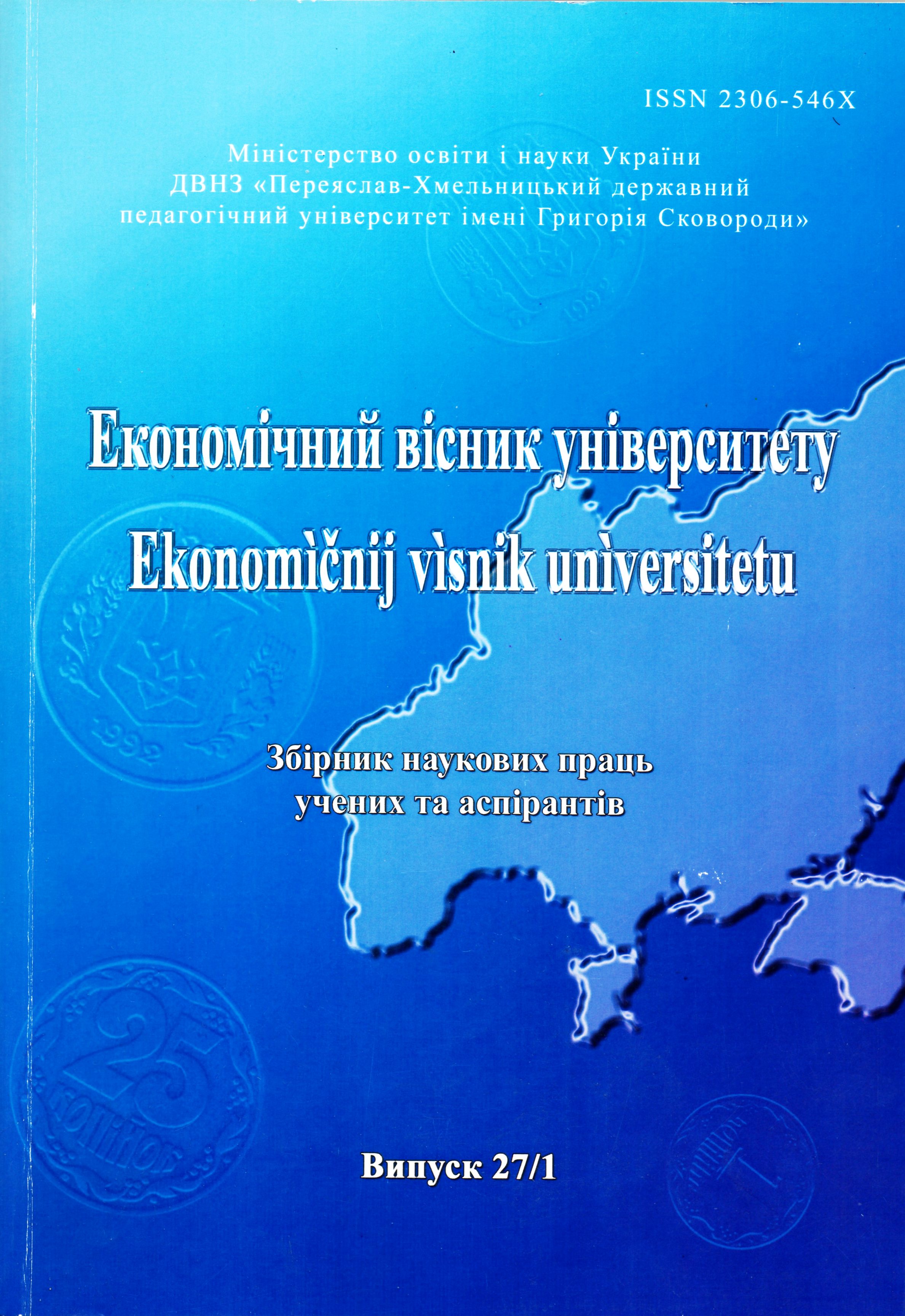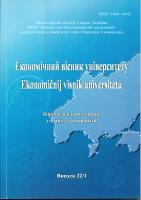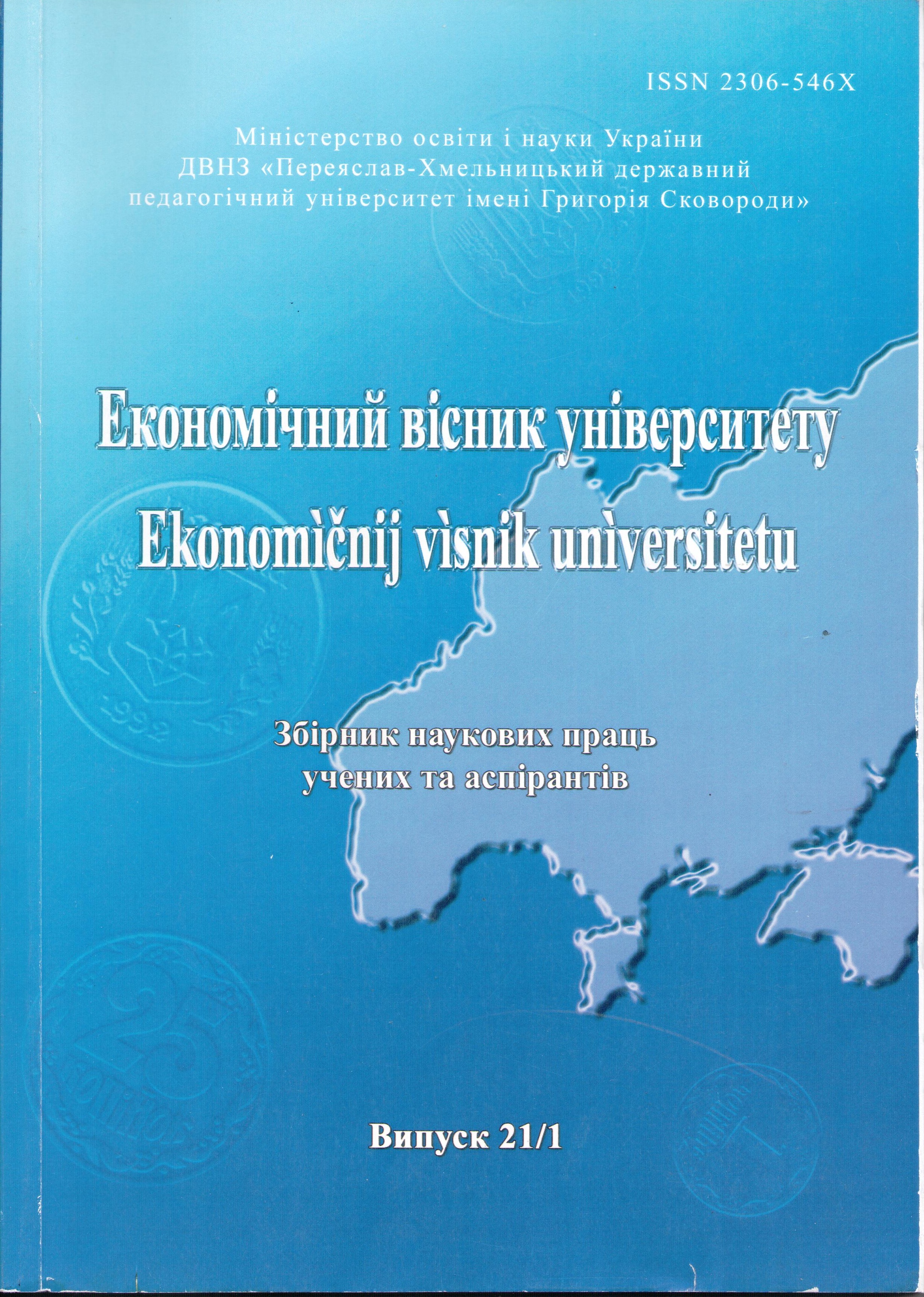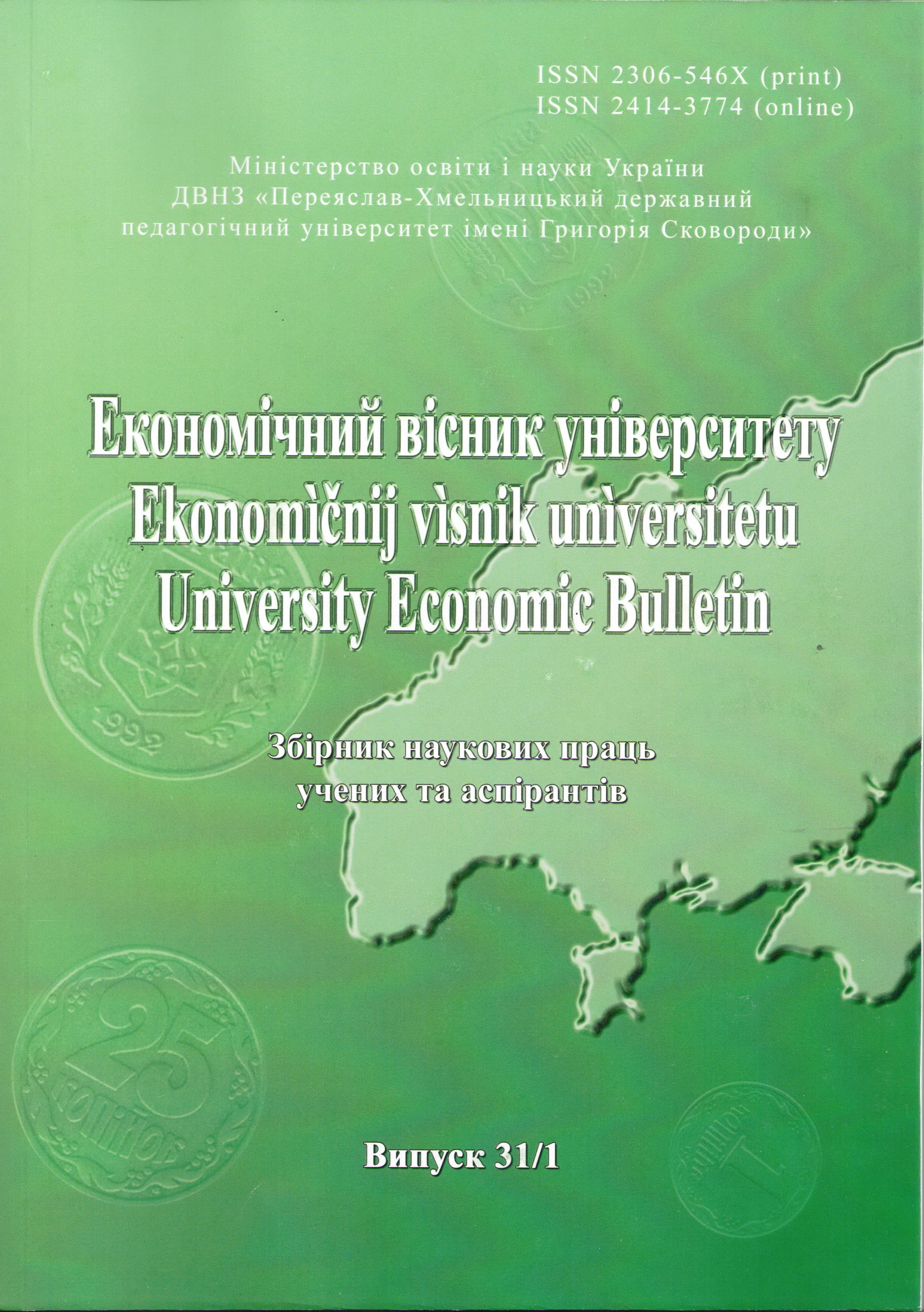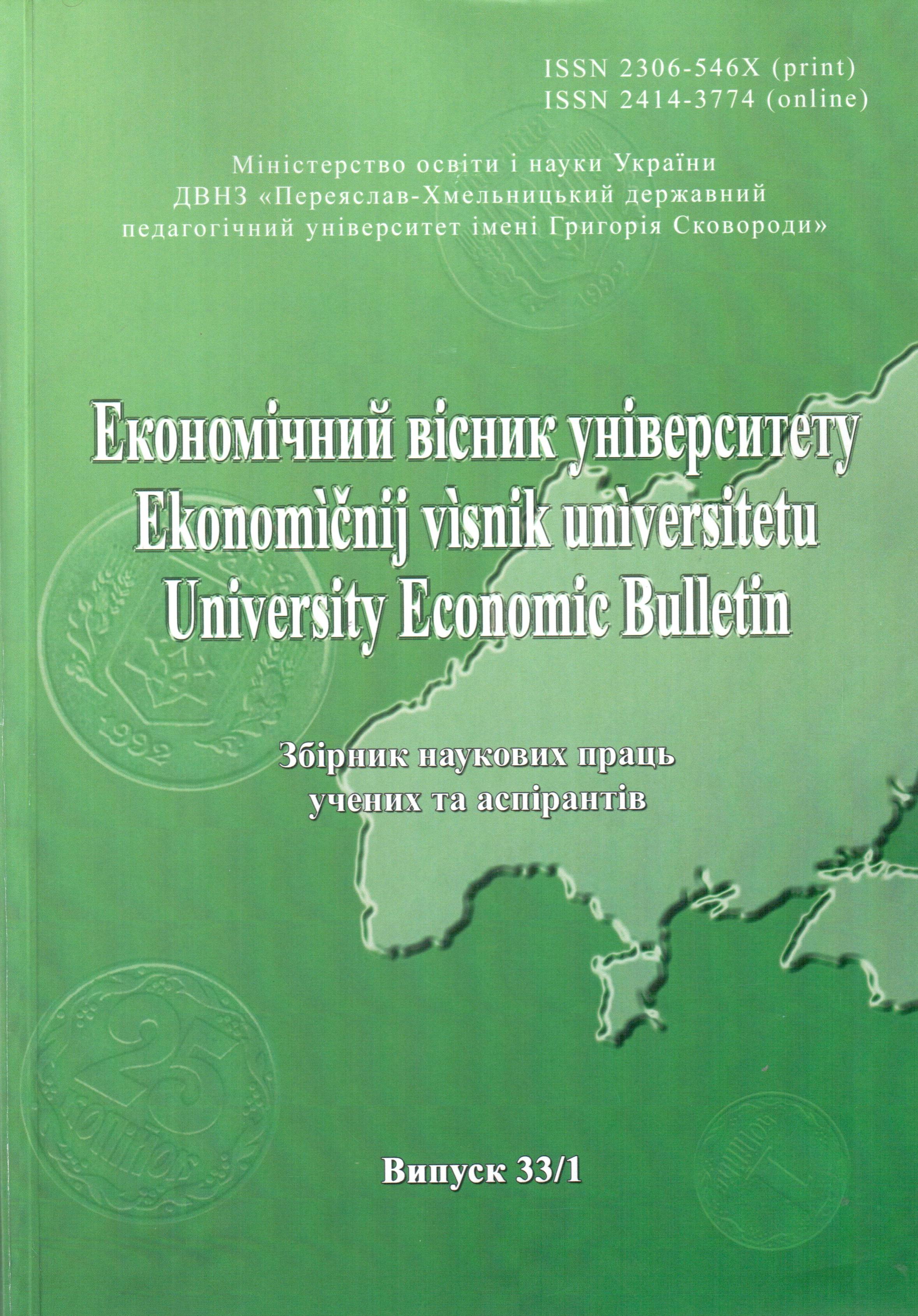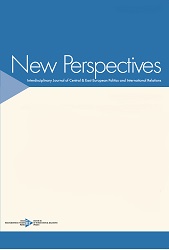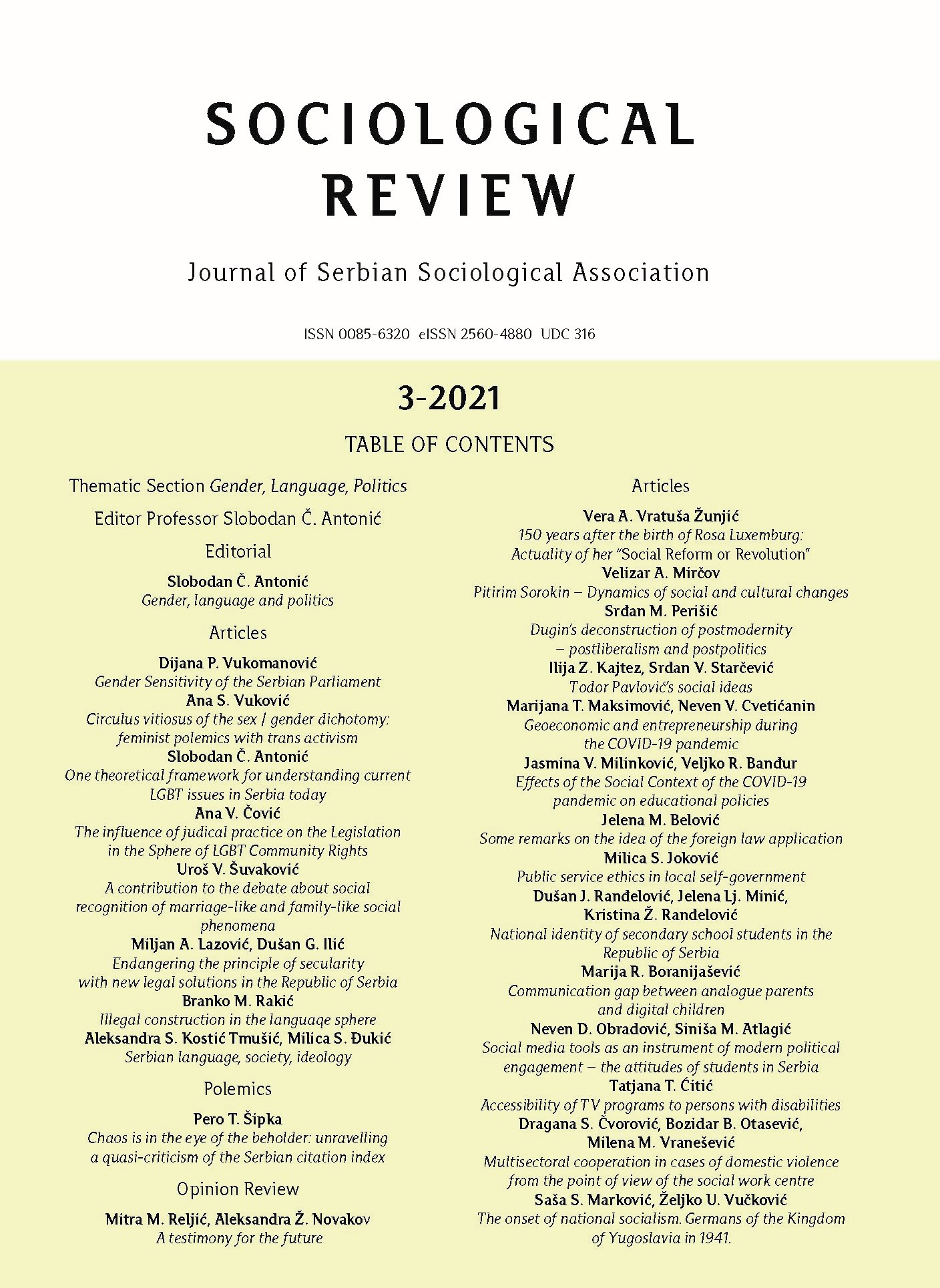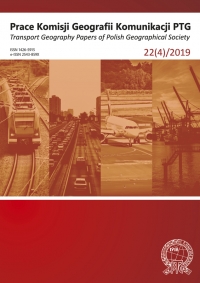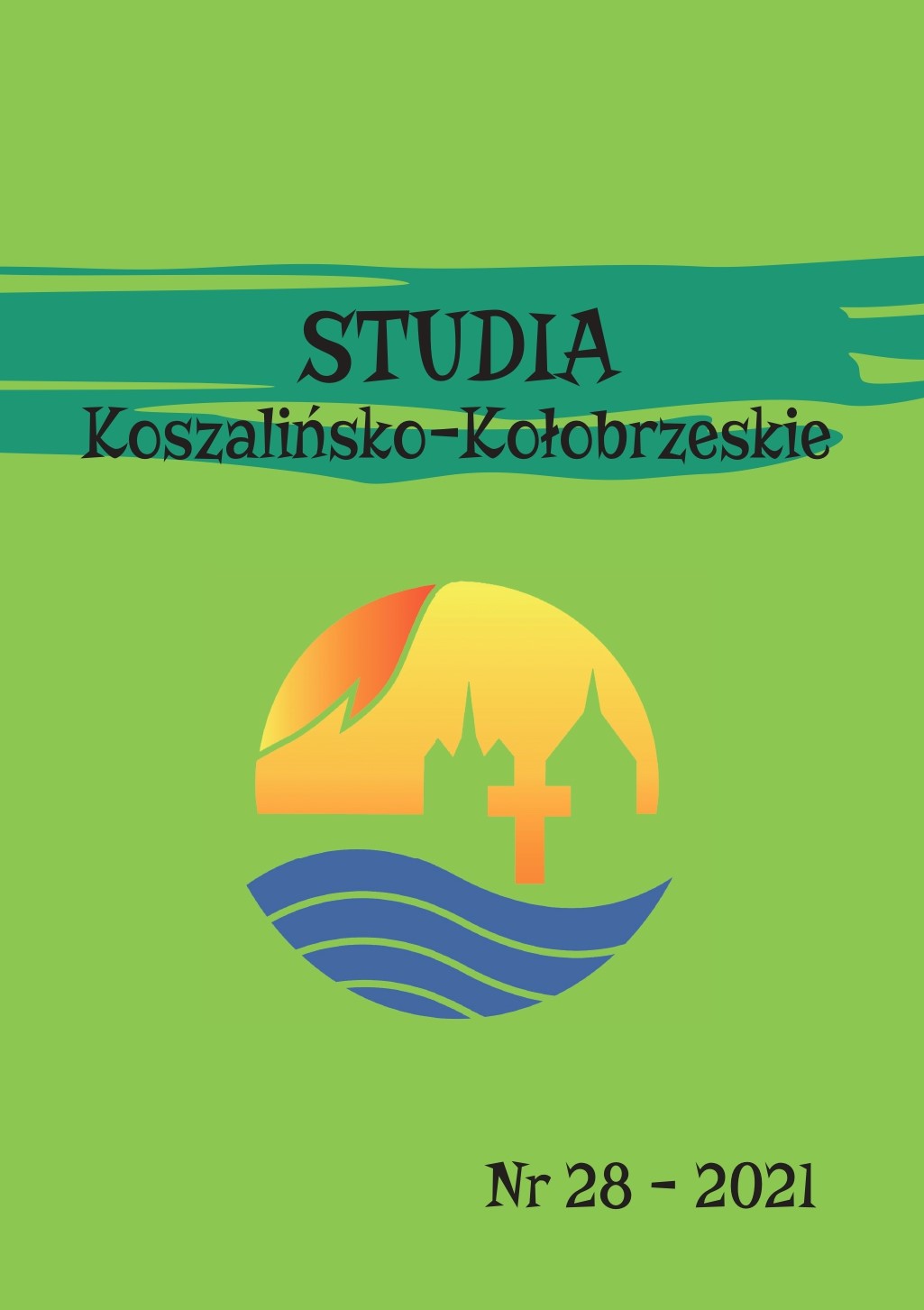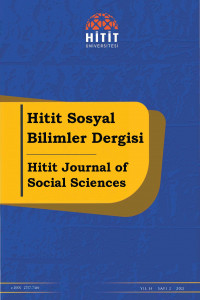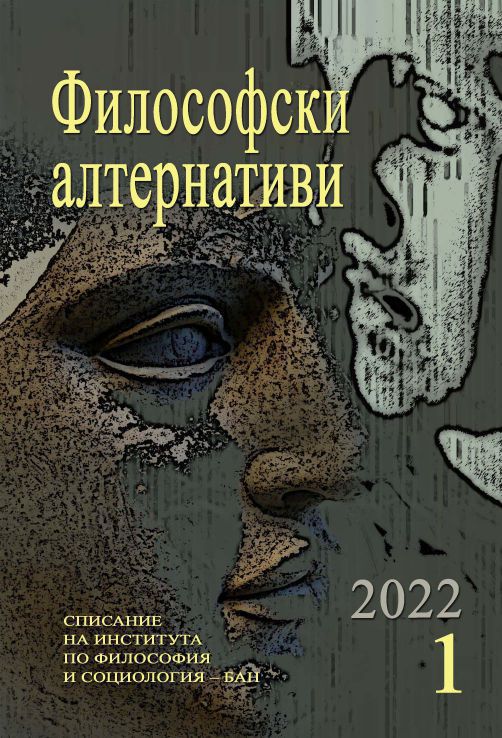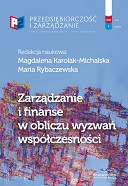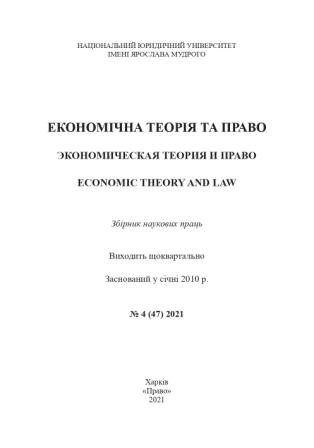Author(s): Alija Bejtić / Language(s): Croatian,Serbian
Issue: 2/1966
Le processus de la fondation et du développement des localités urbaines du type oriental dans les Balkans, ce qui est egalement le cas de la vine ae Sarajevo, setieciuau toujours suivant les conceptions déjà existantes a l’Orient. On y remarque avant tout que la ville est divisée en deux parties: partie d'affaires et économique qui s'appelle »čaršija«, situee obligatoirement le long des arteres, et les quartiers d’habitation, loin des artères, situés à l’écart là où le silence permettait un repos et des distractions tranquilles. L’unité principale d’un grand quartier d'habitation est la »mahala« - petit quartier d’habitation constitué par des rues »sokaci« ou par des ruelles »džade«. Aux XV et XVIe siècles il existait une autre forme d’organisation urbaine. C'était plutôt une unité religieuse dite »džemat«, constituée par plusieurs »mahala«. Les »mahala« de Sarajevo, d'autrefois présentaient, du point de vue urbaniste, social et économique, cinq parties distinctes: mosquee - centre spirituel, ecole primaire religieuse - centre educatif, fontaine — source de la sante, boulangerie - aliments, et epicene - boutique universelle. Pour l'administration turque il n’existait que les »mahala« en tant qu'unite urbaine principale, permettant de fixer l'habitat et les activités. C’est pourquoi toutes les »mahala« portaient des noms turcs officiels; le plus souvent c’était le nom du fondateur de la mosquee, tandis que les rues, auxquelles les autorités ne s’intéressaient pas portaient des noms purement slaves. L'influence de l’esprit et de la langue autochtones était tres forte maigre la toujours présente domination de la culture orientale. C'est justement a cela que l’on doit le fait que chacune des »mahala« possédait, outre le nom officiel, un nom populaire qui n'etait pas toujours identique au terme turc. Pendant l'occupation turque, qui durait pendant cinq siècles, on a construit à Sarajevo, en tant que capitale de la Bosnie-Hercegovine et un des premiers centres économiques des Balkans, plus de cent »mahala«, dont les noms sont cités d'après le recensement de 1874-1875. Au cours du siècle passe les »mahala« de Sarajevo ont connu, comme toutes les »mahala« de l'empire turc, une certaine evolution due a la civilisation européenne et a certaines retormes propres à la Turqie de l'epoque. Une des nouveautés était le numérotage des maisons, introduit pour la premiere fois en 1853; instauration d’un corps executif intermediaire entre les »mahala« et les autorités officielles: c'était un fonctionnaire électif que l’on appelait »muhtar«. Ce nouveau système a été introduit en 1878, époque où les »muhtar« avaient remplacé les imams des »mahala«. Il est intéressant de mentionner que ce premier numérotage était fait suivant les nombres pairs ou impairs (les numéros étaient écrits sur une plaque de bois); il est encore plus intéressant de souligner que le poste de »muhtar«, en tant qu’intermediaire executif entre la »mahala« et les autorités, caractéristique avant tout de l’organisation orientale, s'est maintenu jusqu’à la fin de la deuxième guerre mondiale. La »mahala« d’Ali-pacha est une des plus typiques et des plus grandes de Sarajevo. Elle fut construite il y a plus de quatre cents ans dans une plaine. Son fondateur était le gouverneur de Bosnie beglerbey Hadim, connu egalement sous le nom de Gazi Ali-pacha, mort à Sarajevo en 1557. La veillle de sa mort il a formule le voeu, dans son testament, qu’une mosquée fut construite a ses frais près de son tombeau. Il en fut ainsi. Cette mosquee, qui se dresse même de nos jours, représente un chef-d’oeuvre de l'architecture orientale dans cette ville, mais c’est à la fois l'unique construction témoignant de l'existence de cette »mahala«. Celle-ci présentait tous les elements caractéristique d'une »mahala«: mosquée, école primaire religieuse, fontaine, boulangerie et épicerie. L'emplacement et la disposition de ces constructions étaient toujours les mêmes. Cette »mahala« présente une importance particulière parce qu'elle était habitée par une population mixte: musulmans, orthodoxes et catholiques. D'après les données datant du siècle passé, car ce sont la les premieres données sur la composition nationale, on peut y remarquer une evolution sociale tres importante témoignant de la non-separation suivant l'appartenance religieuse. Au cours du siècle passé, ou plus précisément en 1867, la »mahala« d'Ali-pacha comptait 525 habitants groupés en 125 familles. Cette donnée est fournie par le recensement de la ville en 1867-68: c’est le premier recensement systématique fait dans cette ville (il est également utilisé pour la premiere fois dans cette etude). Cette étude comprend également la liste de tous les habitants de cette »mahala«, ce qui est surtout intéressant parce qu’il y a là des données sur les dates de naissance, les mariages et les professions. Tenant compte du nombre d’habitants de cette »mahala« d’un côté et du territoire relativement grand qu'elle occupait de l’autre, on peut conclure qu'il n’existait que la construction des maisons privées, le plus souvent a un etage, pour une famille, avec des jardins et des jardins potagers, ce qui représentait à cette epoque la forme la plus parfaite de l’habitation. On peut en tirer egalement une autre conlusion: suivant les professions citées - differents métiers artisanaux - on remarque qu'il n’y a plus là de système féodal terrien et que ce quartier présentait déjà les caractéristiques d’une agglomération urbaine moderne. Ses habitants vivaient grâce à leurs activités dans la ville meme, ce qui a frayé le chemin à la creation de la couche bourgeoise de cette ville.
More...
